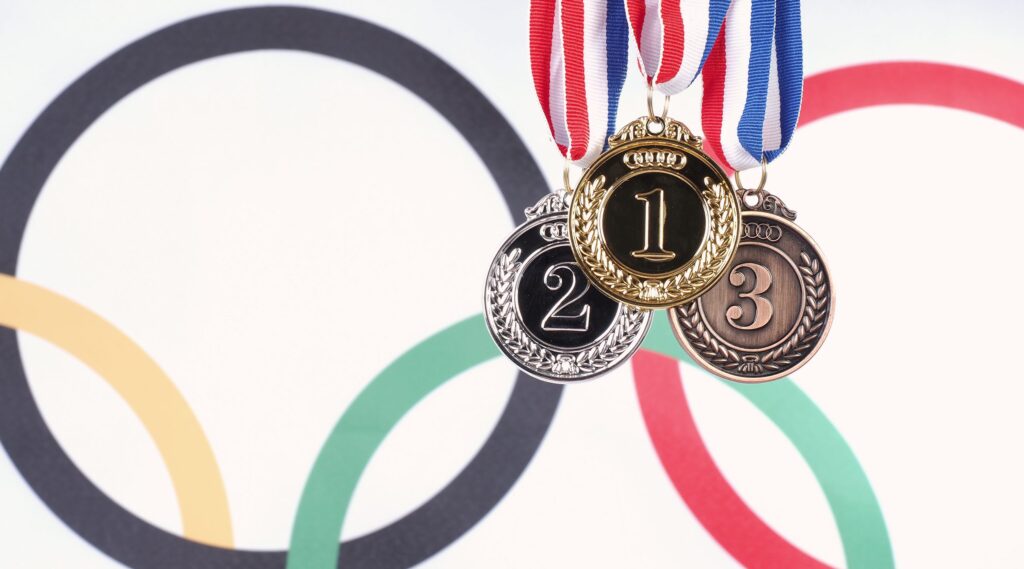Bringing home Olympic gold – where software plays its part
8th of August 2024
As the Paris 2024 Olympic Games have gotten underway, software innovations are there to revolutionise every aspect of the event. From enhancing athlete performance with cutting-edge wearables to streamlining logistical operations and transforming audience engagement, software technologies are at the heart of these advancements. In this week’s article we’re discussing wearable technology, logistics
Enhanced athlete performance
Wearable devices like WHOOP have become essential tools for athletes aiming to optimise their performance. WHOOP provides real-time data on various metrics such as heart rate variability, sleep patterns, and strain levels, offering insights that were previously inaccessible. This information helps athletes fine-tune their training and recovery processes.
Beyond WHOOP, other innovative wearables are making their mark. Garmin forerunner series, This GPS smartwatch offers advanced running dynamics and performance monitoring, including VO2 max, training load, and recovery time. The Oura ring, tracks sleep, readiness, and activity levels, providing a comprehensive overview of an athlete’s physical condition.
Software applications that analyse data from these wearables can identify trends and provide actionable insights. For instance, machine learning algorithms can detect patterns that indicate overtraining or the risk of injury, allowing for timely interventions. So while these might not be visible on the track or court.
Streamlining logistics
The logistical complexities of organising teams for the Olympics are immense. Advanced project management and collaboration software, such as Asana and Trello, help coordinate schedules, track progress, and manage tasks for athletes, coaches, and support staff. These tools ensure that every detail, from training sessions to travel arrangements, is meticulously planned and executed.
The importance of logistics extends to support teams, including chefs. Ahead of the Paris game British athletes faced last-minute food issues with the French Michelin stared chefs running out of chicken, eggs and favoured carbohydrates, prompting the decision to fly in British chefs.
To prevent such problems, organisers can leverage software solutions like Nutritics, a nutrition analysis software, to plan and manage dietary requirements more efficiently. This ensures that athletes receive the right nutrition tailored to their specific needs.
Transforming audience engagement
Advances in CGI and augmented reality (AR) are set to transform how audiences experience the Games. High-definition broadcasts now integrate AR overlays that provide real-time statistics and visual enhancements, making the viewing experience more engaging and informative. For example, during swimming events, CGI can show split times and stroke rates overlaid on the screen, giving viewers deeper insights into the competition.
Advanced software systems enable instant replays and detailed analytics during live broadcasts. AI-driven highlight reels automatically compile key moments, ensuring that fans never miss the most exciting parts of the action. Additionally, multi-angle replays and slow-motion analysis provide a deeper understanding of the athletes’ performances.
Official Olympic apps offer fans a comprehensive platform for all things related to the Games. Features include live updates and schedules. There’s also even a special Paris travel app to help visitors get around.
The impact of software and tech on the Olympic games, like most things in the 21st century is undeniable. From boosting athlete performance with state-of-the-art wearables to ensuring flawless logistical coordination and elevating audience engagement through advanced technologies, software is redefining the Olympic experience. These innovations not only enhance the efficiency and excitement of the Games but also set new standards for future sporting events, showcasing the powerful synergy between technology and human achievement.
